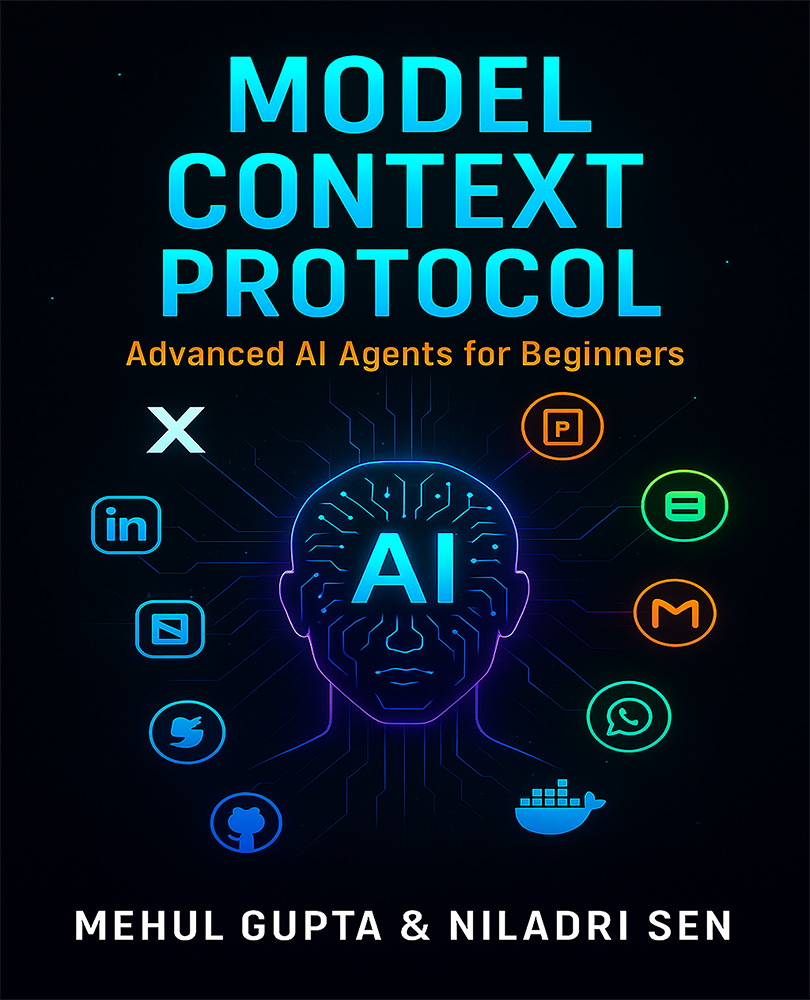MariaDB Server 10.3, Detectron open sourced by Facebook, Salesforce cloud and Google Analytics 360 teams up, and more in today’s top stories around machine learning, deep learning,and data science news.
MariaDB, one of the fastest growing open source relational databases, announces the second beta release of its server 10.3. The most powerful enhancement of this release is the System Versioned Tables, which has the ability to process temporal data. This new addition opens up new use cases such as retrospective and trend data analysis, forensic discovery, or data auditing, to the server. System Versioned Tables could be used for compliance, audit, risk analysis, or position analysis.
MariaDB server 10.3.4 beta version includes various other features and enhancements for its users and customers, which include:
- Enhancements in Database Compatibility
- Providing better user flexibility
- Enhancements in performance/storage
- Enhancements in the Storage Engine
- To read about each one in detail, visit the link given.
Facebook AI Research(FAIR) open sourced Detectron today! Detectron is a state-of-the-art platform for object detection research.
The Detectron project has supported large number of projects including Mask R-CNN and Focal Loss for Dense Object Detection, which won the Marr Prize and Best Student Paper awards, respectively, at ICCV 2017. These Detectron-powered algorithms provide intuitive models for important computer vision tasks, such as instance segmentation, and have played a key role in the unprecedented advancement of visual perception systems that the Facebook community has achieved in recent years.
Also, a number of Facebook teams use this platform to train custom models for a variety of applications including augmented reality and community integrity.
To know more about Detectron, visit the GitHub repository.
After Google announced its partnership with Salesforce in November 2017, today it further announced their first integration, Salesforce Sales Cloud with Google Analytics 360.
The sales pipeline data from the sales cloud can now be imported directly into Google Analytics 360. With this, marketers can now easily combine offline sales data with their digital analytics data to see a complete view of the conversion funnel.
The built-in connections between Analytics 360 and Google’s media buying platforms offer additional ways to find new customers and drive incremental revenue. Enterprises such as Rackspace and Carbonite are already benefiting from this integration, saving hours piecing together data and reaching new, more valuable audiences.
To know about this integration in detail visit the link given here.
Unlock access to the largest independent learning library in Tech for FREE!
Get unlimited access to 7500+ expert-authored eBooks and video courses covering every tech area you can think of.
Renews at $19.99/month. Cancel anytime
IBM and Salesforce have decided to combine Watson and Einstein service cloud to deliver new AI-driven recommendations for future best actions.
With AI-driven predictive analytics, companies will be able to create personalized, customer-triggered interactions based on the latest call or messaging chat, to help build stronger connections with their customers. Marc Benioff, chairman and CEO, Salesforce, said,“The combination of IBM Cloud and Watson services with Salesforce Einstein and Quip will deliver even more innovation to empower companies to connect with their customers in a whole new way, leveraging the power of the cloud and AI.”
IBM also plans to build new IBM Watson Quip Live Apps, which brings together the power of IBM’s Watson and Salesforce’s Quip.These interactive custom-built applications will be embedded directly into any Quip document to increase the effectiveness of sales teams across the lifecycle of an opportunity.
Ggtern is a software package for the statistical computing language R and is an extension to ggplot2. ggtern version 2.2.2 has just been submitted to CRAN and it includes some new features such as, Ternary Hexbin and Ternary Tribin.
The Ternary Hexbin has the capability to bin points in a regular hexagonal grid to produce a pseudo-surface.
The Ternary Tribin operates much the same, except that the binwidth no longer has meaning, instead, the density (number of panels) of the triangular mesh is controlled exclusively by the ‘bins’ argument
To read more on this news in detail, visit the link: www.ggtern.com
 United States
United States
 Great Britain
Great Britain
 India
India
 Germany
Germany
 France
France
 Canada
Canada
 Russia
Russia
 Spain
Spain
 Brazil
Brazil
 Australia
Australia
 Singapore
Singapore
 Canary Islands
Canary Islands
 Hungary
Hungary
 Ukraine
Ukraine
 Luxembourg
Luxembourg
 Estonia
Estonia
 Lithuania
Lithuania
 South Korea
South Korea
 Turkey
Turkey
 Switzerland
Switzerland
 Colombia
Colombia
 Taiwan
Taiwan
 Chile
Chile
 Norway
Norway
 Ecuador
Ecuador
 Indonesia
Indonesia
 New Zealand
New Zealand
 Cyprus
Cyprus
 Denmark
Denmark
 Finland
Finland
 Poland
Poland
 Malta
Malta
 Czechia
Czechia
 Austria
Austria
 Sweden
Sweden
 Italy
Italy
 Egypt
Egypt
 Belgium
Belgium
 Portugal
Portugal
 Slovenia
Slovenia
 Ireland
Ireland
 Romania
Romania
 Greece
Greece
 Argentina
Argentina
 Netherlands
Netherlands
 Bulgaria
Bulgaria
 Latvia
Latvia
 South Africa
South Africa
 Malaysia
Malaysia
 Japan
Japan
 Slovakia
Slovakia
 Philippines
Philippines
 Mexico
Mexico
 Thailand
Thailand














